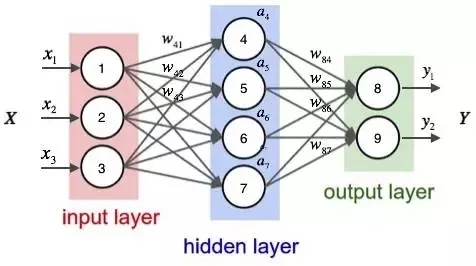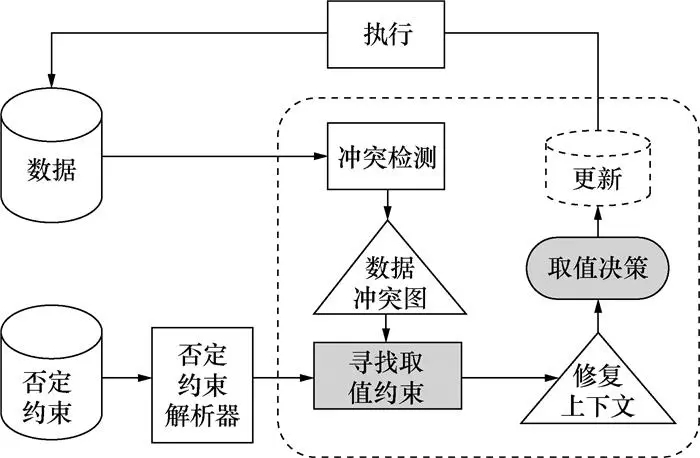

平安校园视频监控方案 YOLOv5
描述
平安校园视频监控方案部署一台SuiJi-AI100视频分析服务器,平安校园视频监控方案使用校园视频监控智方案能分析仪进行视频取流和视频告警事件的处理,生成告警事件和记录,并进行系统的数据展示和应用,并可联动IP音箱进行告警事件语音广播和实时广播喊话。

YOLOv5算法具有4个版本,具体包括:YOLOv5s、YOLOv5m、YOLOv5l、YOLOv5x四种,本文重点讲解YOLOv5s,其它的版本都在该版本的基础上对网络进行加深与加宽。输入端-输入端表示输入的图片。该网络的输入图像大小为608*608,该阶段通常包含一个图像预处理阶段,即将输入图像缩放到网络的输入大小,并进行归一化等操作。在网络训练阶段,YOLOv5使用Mosaic数据增强操作提升模型的训练速度和网络的精度;并提出了一种自适应锚框计算与自适应图片缩放方法。基准网络-基准网络通常是一些性能优异的分类器种的网络,该模块用来提取一些通用的特征表示。YOLOv5中不仅使用了CSPDarknet53结构,而且使用了Focus结构作为基准网络。
Neck网络-Neck网络通常位于基准网络和头网络的中间位置,利用它可以进一步提升特征的多样性及鲁棒性。虽然YOLOv5同样用到了SPP模块、FPN+PAN模块,但是实现的细节有些不同。
Head输出端-Head用来完成目标检测结果的输出。针对不同的检测算法,输出端的分支个数不尽相同,通常包含一个分类分支和一个回归分支。YOLOv4利用GIOU_Loss来代替Smooth L1 Loss函数,从而进一步提升算法的检测精度。

平安校园视频监控方案可以做到监测到有人员在异常时间进入校园或出学校时,系统主动触发告警。当视频监控智能分析系统检测监控区域是否有剧烈活动事件。如有该类事件主动触发告警。系统还可以对学校重点区域进行烟雾监测,当发现现场有烟雾、浓烟时高清摄像头自动监测,出现异常自动锁定,主动触发告警,及时通知管理人员及时处理应对。
# 解析模型 def parse_model(d, ch): # model_dict, input_channels(3) logger.info('\n%3s%18s%3s%10s %-40s%-30s' % ('', 'from', 'n', 'params', 'module', 'arguments')) anchors, nc, gd, gw = d['anchors'], d['nc'], d['depth_multiple'], d['width_multiple'] na = (len(anchors[0]) // 2) if isinstance(anchors, list) else anchors # number of anchors no = na * (nc + 5) # number of outputs = anchors * (classes + 5) layers, save, c2 = [], [], ch[-1] # layers, savelist, ch out for i, (f, n, m, args) in enumerate(d['backbone'] + d['head']): # from, number, module, args m = eval(m) if isinstance(m, str) else m # eval strings for j, a in enumerate(args): try: args[j] = eval(a) if isinstance(a, str) else a # eval strings except: pass n = max(round(n * gd), 1) if n > 1 else n # depth gain if m in [Conv, GhostConv, Bottleneck, GhostBottleneck, SPP, DWConv, MixConv2d, Focus, CrossConv, BottleneckCSP, C3]: c1, c2 = ch[f], args[0] # Normal # if i > 0 and args[0] != no: # channel expansion factor # ex = 1.75 # exponential (default 2.0) # e = math.log(c2 / ch[1]) / math.log(2) # c2 = int(ch[1] * ex ** e) # if m != Focus: c2 = make_divisible(c2 * gw, 8) if c2 != no else c2 # Experimental # if i > 0 and args[0] != no: # channel expansion factor # ex = 1 + gw # exponential (default 2.0) # ch1 = 32 # ch[1] # e = math.log(c2 / ch1) / math.log(2) # level 1-n # c2 = int(ch1 * ex ** e) # if m != Focus: # c2 = make_divisible(c2, 8) if c2 != no else c2 args = [c1, c2, *args[1:]] if m in [BottleneckCSP, C3]: args.insert(2, n) n = 1 elif m is nn.BatchNorm2d: args = [ch[f]] elif m is Concat: c2 = sum([ch[x if x < 0 else x + 1] for x in f]) elif m is Detect: args.append([ch[x + 1] for x in f]) if isinstance(args[1], int): # number of anchors args[1] = [list(range(args[1] * 2))] * len(f) elif m is Contract: c2 = ch[f if f < 0 else f + 1] * args[0] ** 2 elif m is Expand: c2 = ch[f if f < 0 else f + 1] // args[0] ** 2 else: c2 = ch[f if f < 0 else f + 1] m_ = nn.Sequential(*[m(*args) for _ in range(n)]) if n > 1 else m(*args) # module t = str(m)[8:-2].replace('__main__.', '') # module type np = sum([x.numel() for x in m_.parameters()]) # number params m_.i, m_.f, m_.type, m_.np = i, f, t, np # attach index, 'from' index, type, number params logger.info('%3s%18s%3s%10.0f %-40s%-30s' % (i, f, n, np, t, args)) # print save.extend(x % i for x in ([f] if isinstance(f, int) else f) if x != -1) # append to savelist layers.append(m_) ch.append(c2) return nn.Sequential(*layers), sorted(save)
-
平安城市视频监控系统设计方案-200912132012-08-20 3039
-
龙哥手把手教你学视觉-深度学习YOLOV5篇2021-09-03 7932
-
怎样使用PyTorch Hub去加载YOLOv5模型2022-07-22 3430
-
如何YOLOv5测试代码?2023-05-18 565
-
平安城市视频监控系统设计方案2017-01-04 1003
-
YOLOv5在OpenCV上的推理程序2022-11-02 3123
-
在C++中使用OpenVINO工具包部署YOLOv5模型2023-02-15 11099
-
【YOLOv5】LabVIEW+YOLOv5快速实现实时物体识别(Object Detection)含源码2023-03-13 3118
-
使用旭日X3派的BPU部署Yolov52023-04-26 1693
-
Yolov5算法解读2023-05-17 13835
-
【YOLOv5】LabVIEW+TensorRT的yolov5部署实战(含源码)2023-08-21 2071
-
yolov5和YOLOX正负样本分配策略2023-08-14 3708
-
YOLOv5网络结构训练策略详解2023-09-11 5700
-
yolov5训练部署全链路教程2025-07-25 1417
-
基于瑞芯微RK3576的 yolov5训练部署教程2025-09-11 2475
全部0条评论

快来发表一下你的评论吧 !

